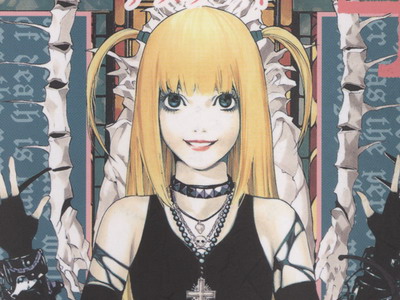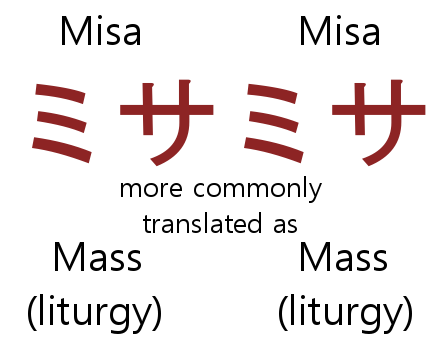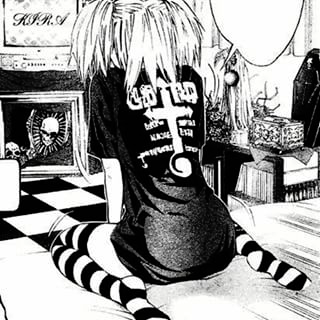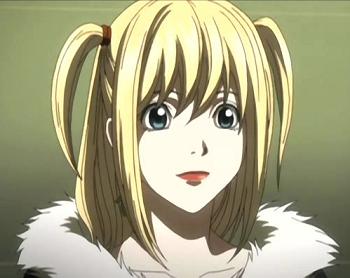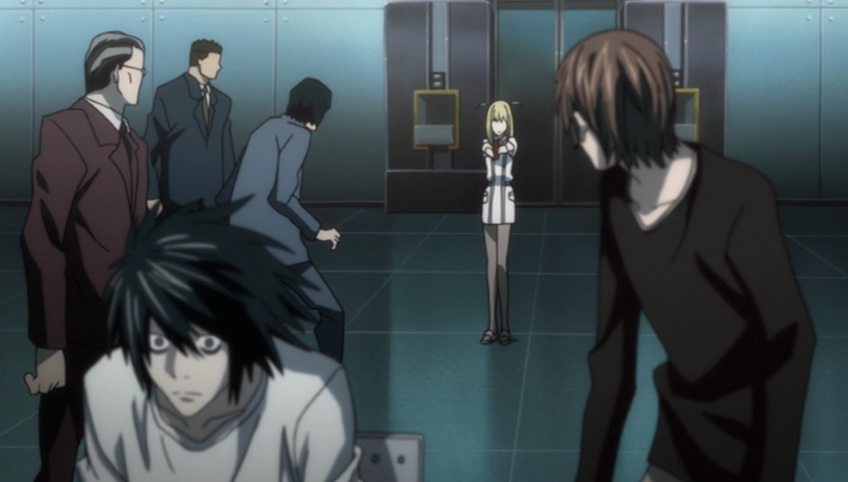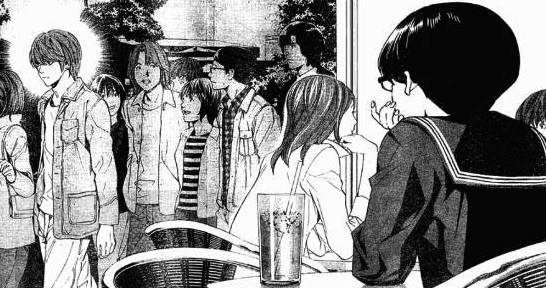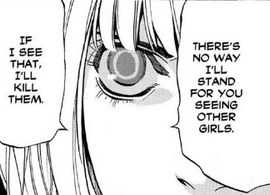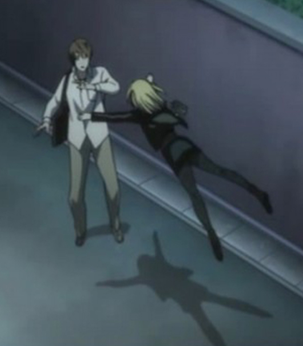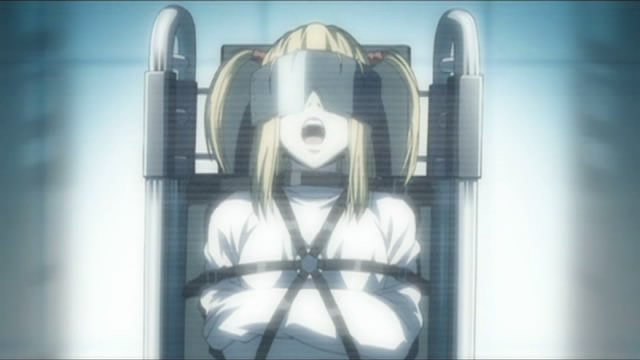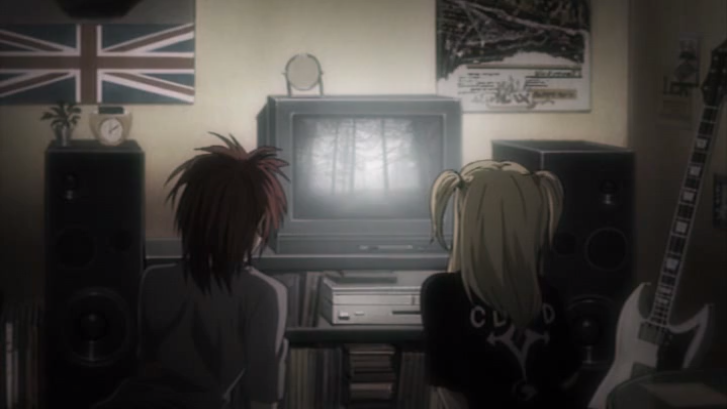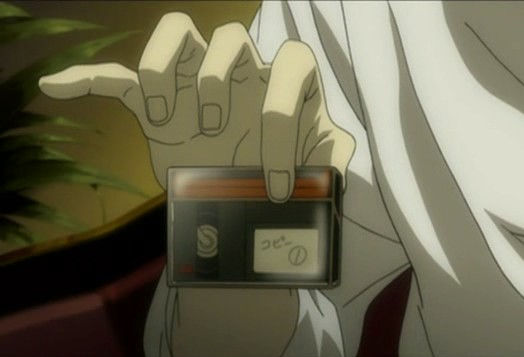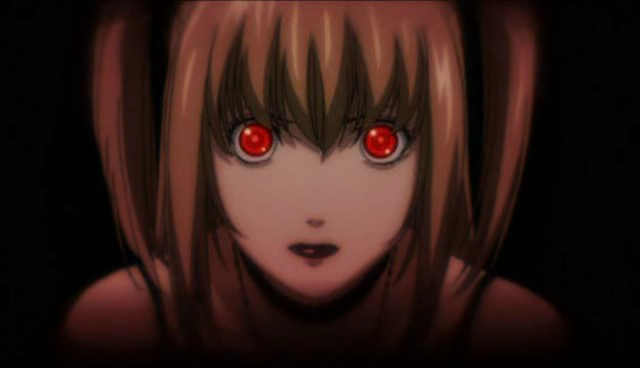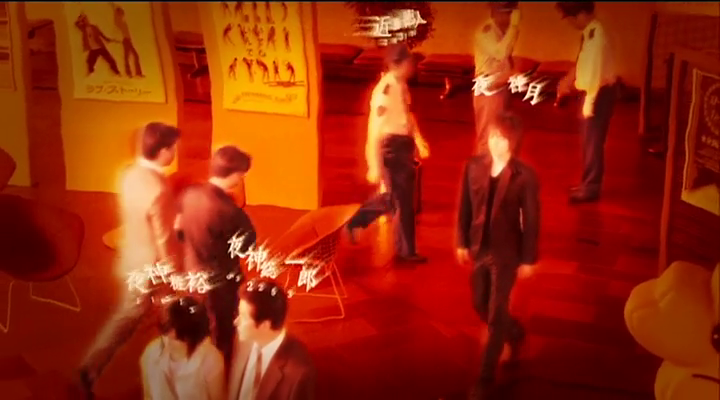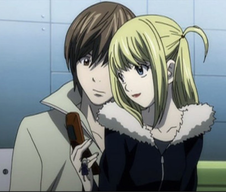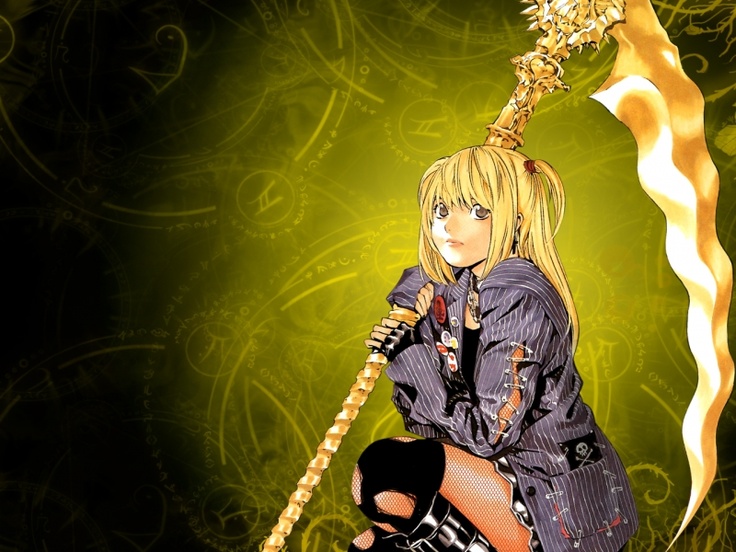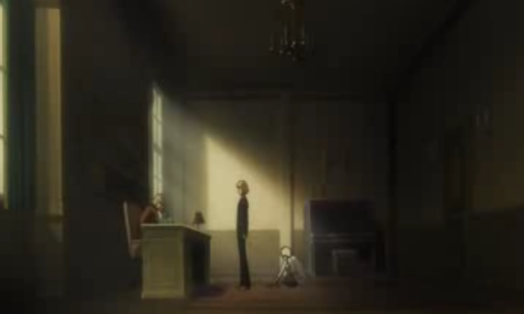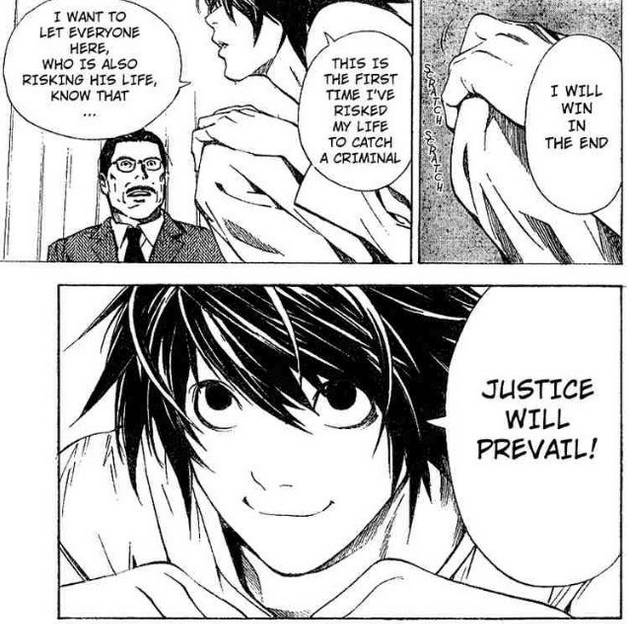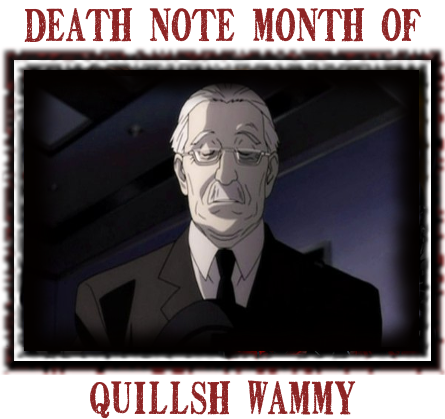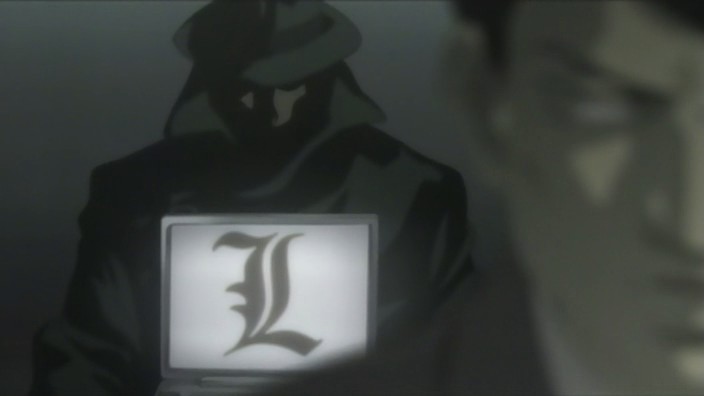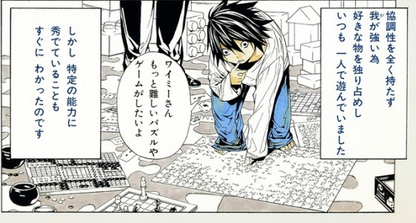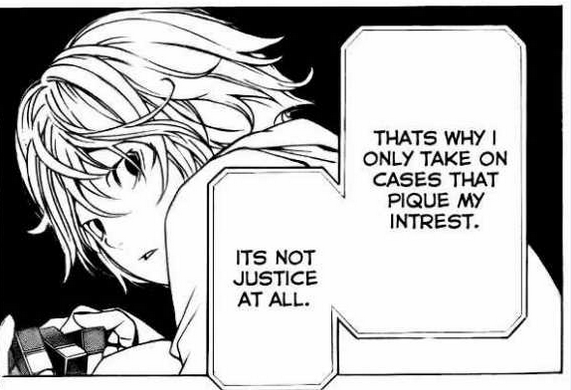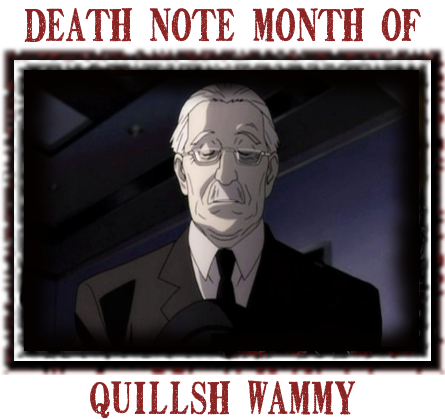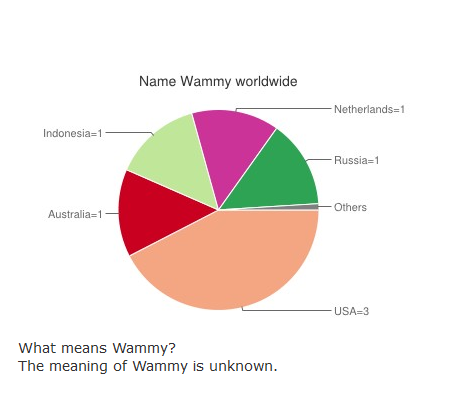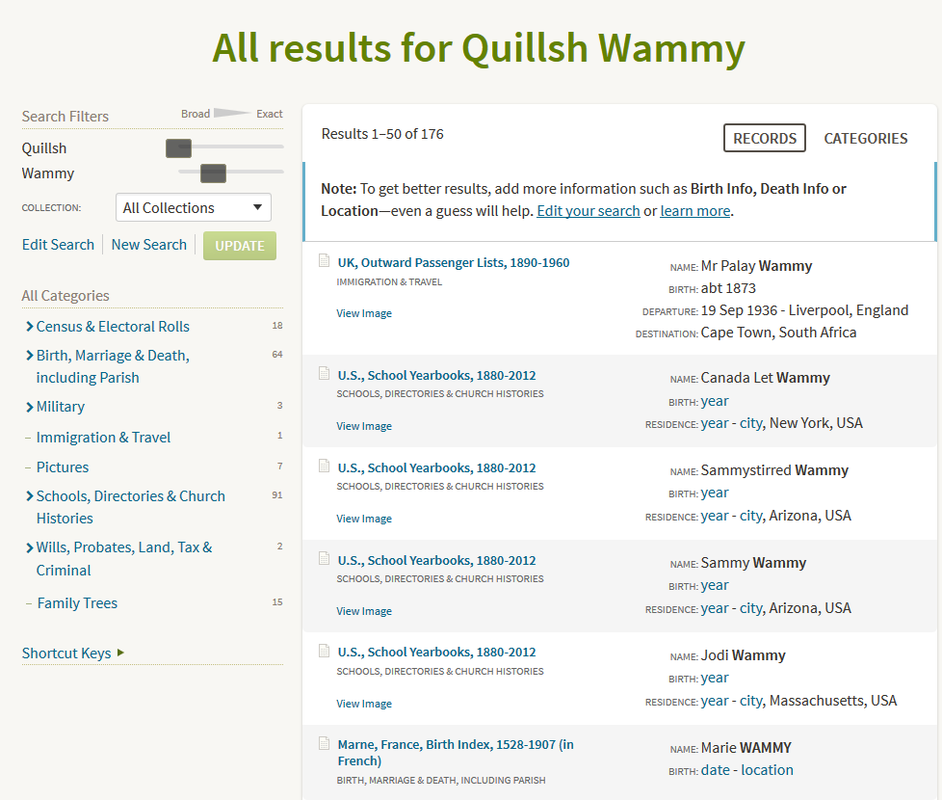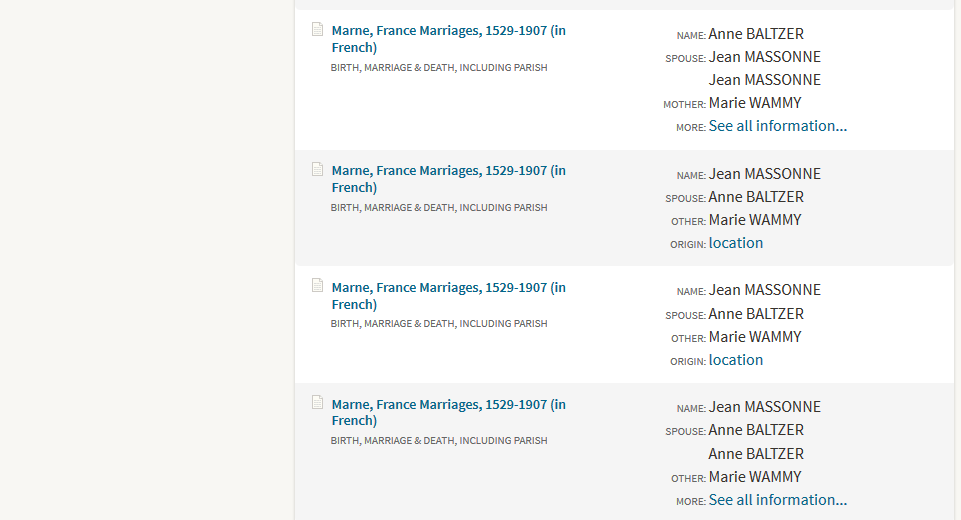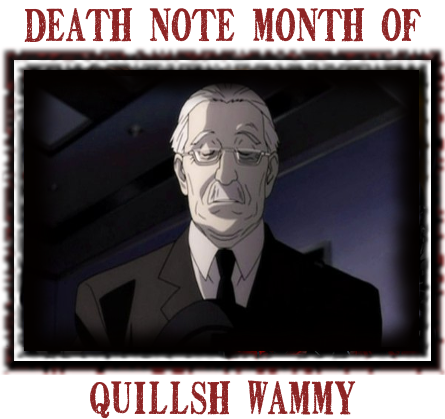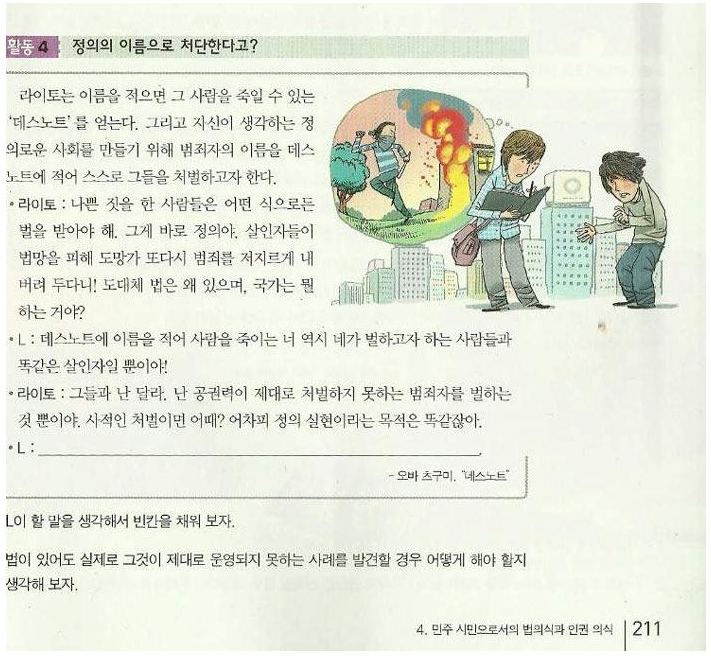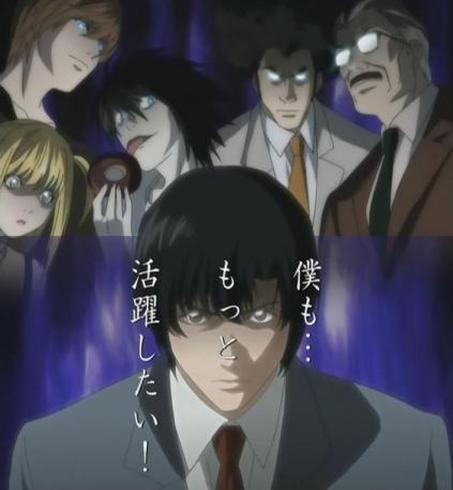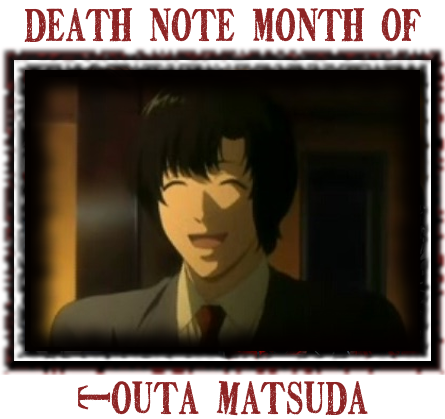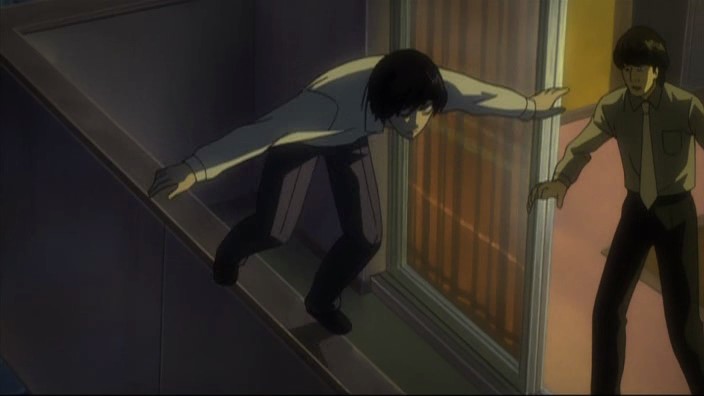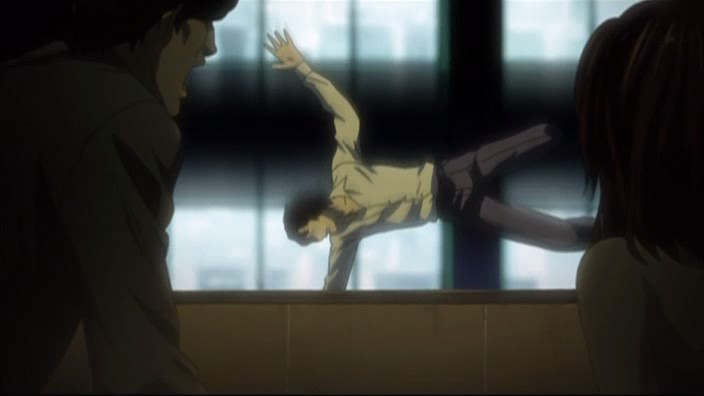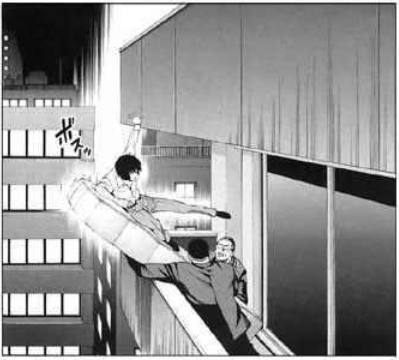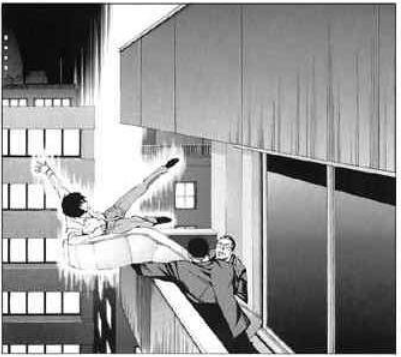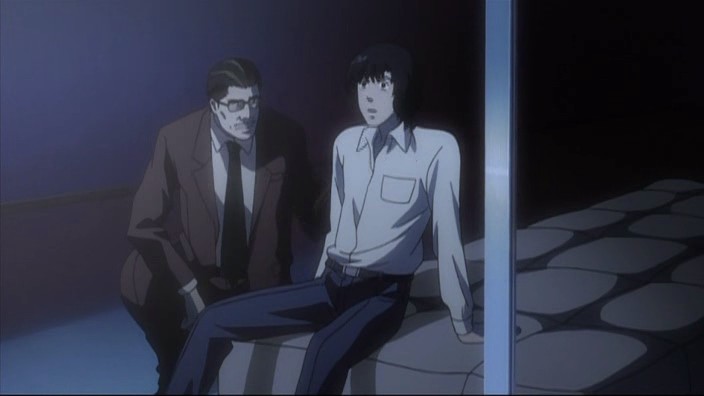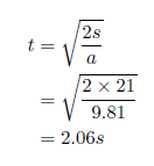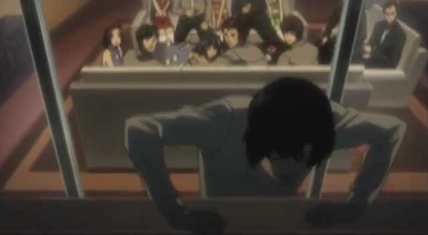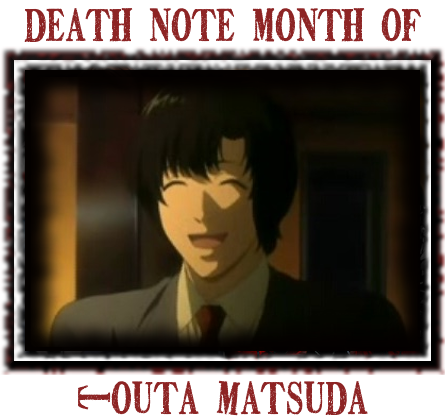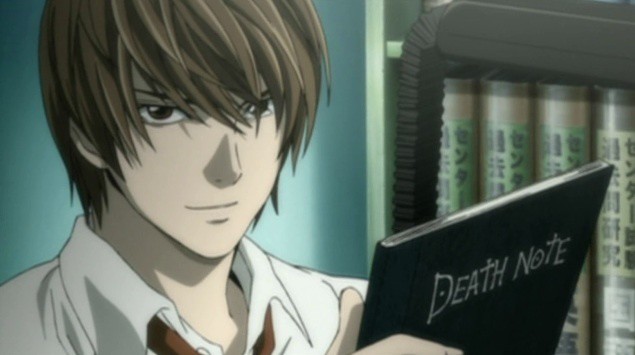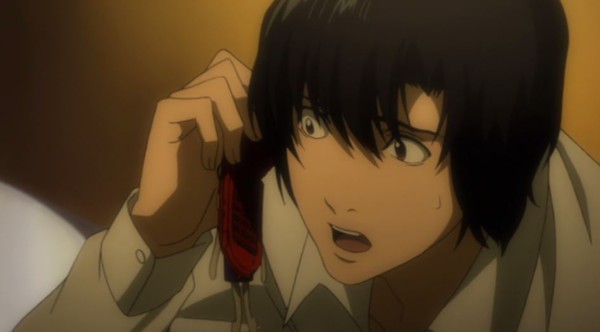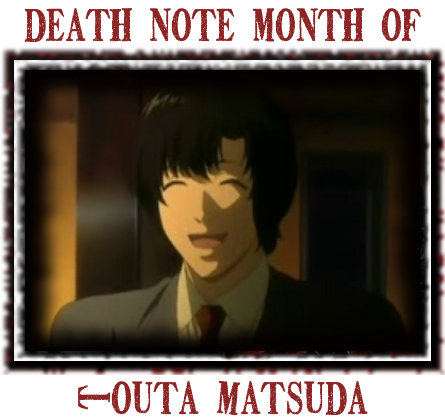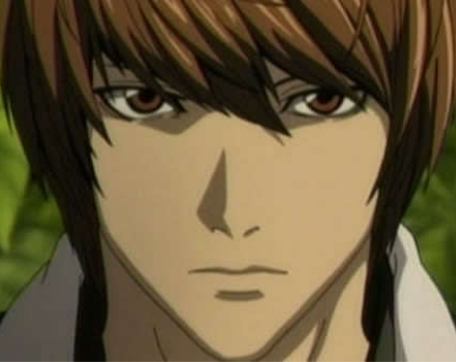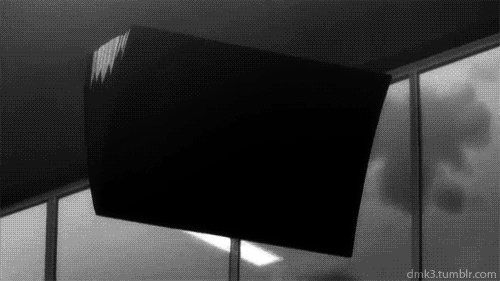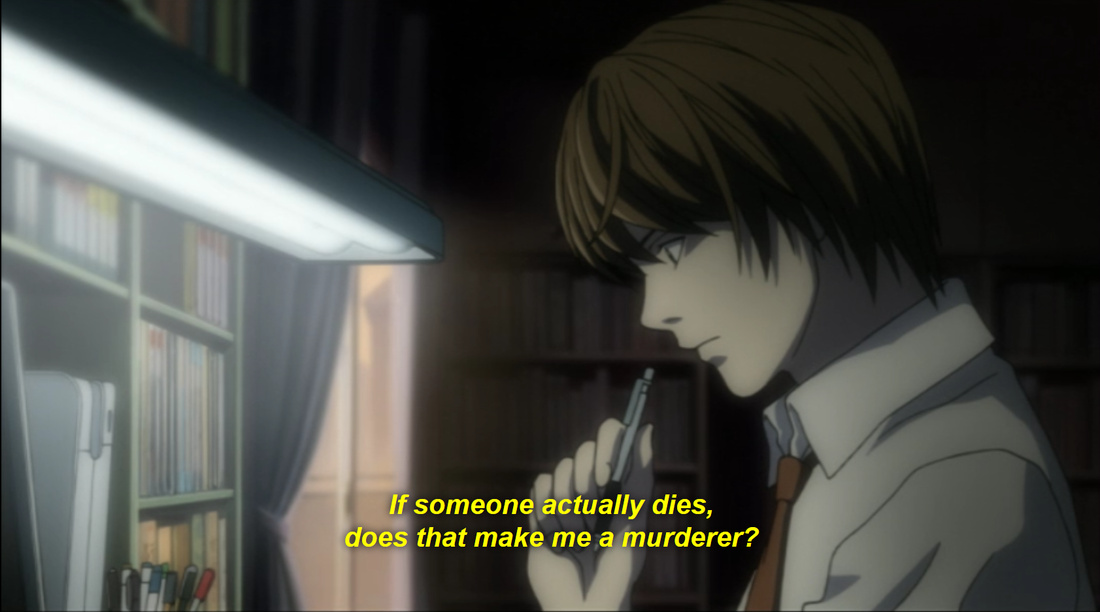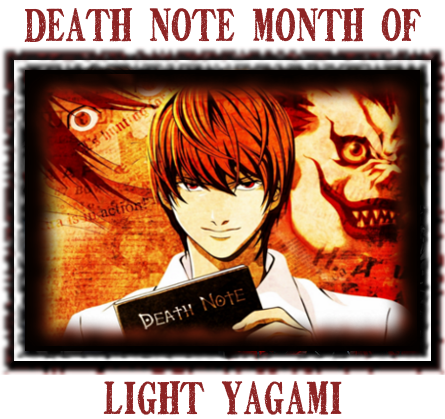| The kanji for Misa Amane should be quite straight-forward. But its not. Both are reasonably common names in Japan. Enough that none would blink at encountering an individual bearing the surname Amane, though it's not one of the topmost family names. More a marginal, decently sized minority. Amane is actually more often found as a first name, applicable for males and females alike. They certainly wouldn't fain surprise at bumping into a Japanese lady or girl named Misa. There's a lot of them about! All adding up to it being not beyond the realms of possibility for there to be real life females called Misa Amane dotted about Japan. They must have loved it when Death Note came out! Living for every update, with ten years worth of practiced responses under their belt - tried and tested in readiness to meet all those quips about shinigami eyes, ditzy dorks and Genki Girls, Light Yagami, Death Notes and referring to oneself in the third person. Are you one? Or do you know Misa Amane in real life? Do please come and share with us your anecdotes! We're dying to know. (As you can probably already tell, just by looking at the dates above our heads! Sorry. I'll see myself out.) I strove hard to create names that seemed real, but could not exist in the real world. ~ Tsugumi Ohba, How to Read, p59 If the family name Amane and given names Misa AND Amane are fairly unremarkable - taken in isolation, beyond the tedium and taint of Death Note mass killing psychos - then what's so complicated about interpreting the meaning of the kanji for Misa Amane? Everything. Misa Amane's kanji is not like all the rest. |
|
Meaning Behind Misa Amane's Given Name According to Tsugumi Ohba
| Word of God moment now, as the true translation of Death Note Misa's first name isn't mentioned in the manga, anime, movies nor anywhere else. It's in the manual, of course. Please open your books to page 60, for in the Beginning the Death Note Creator made the Shinigami Realm and human world, and named all the characters within. Then gave them kanji to spell and shape this new reality. The Origin of Misa's Name It's actually most blatantly seen in the spelling of Misa's self-referential nickname. The Second Kira always name-checks herself in the third person as Misa-Misa. As it's rendered in katakana, there's no wriggle room for dissent here. It says Misa Misa and that's that. However, as Ohba already pointed out, 'misa' is the Japanese word for 'mass' in the Catholic liturgy meaning. Which itself, in Catholicism's native Latin, is called 'missa solemnis' (High Mass), 'missa lecta' (Low Mass) or 'missa cantata' (Sung Mass, minus an ordained minister). Opening up an interesting notion that Misa is really calling herself 'Mass Mass', or 'the blessing and the benediction'. In which the objectifying lack of a pronoun is quite correct. |
And you thought she was just being cute and Genki Girl childlike! (Not yet ruled out.)
Translation of the Amane Kanji for Death Note's Misa Misa
| However, it's not just her given name that's attached to strange kanji and multi-faceted katakana. Misa's family name is equally like no kanji that's ever been associated with Amane prior to Death Note. Nor can it be translated the same. The usual kanji for Amane as a surname can be multiple and quite diverse, but within a certain theme of numinous incantations and the aural divine, plus pathetic fallacy. The two most common Amane kanji are:
This rare usage of Amane kanji means something like 'increasingly' or 'more and more'. Though where Tsugumi Ohba's mind was there, who can tell? He never explained it, but left it to us. |


